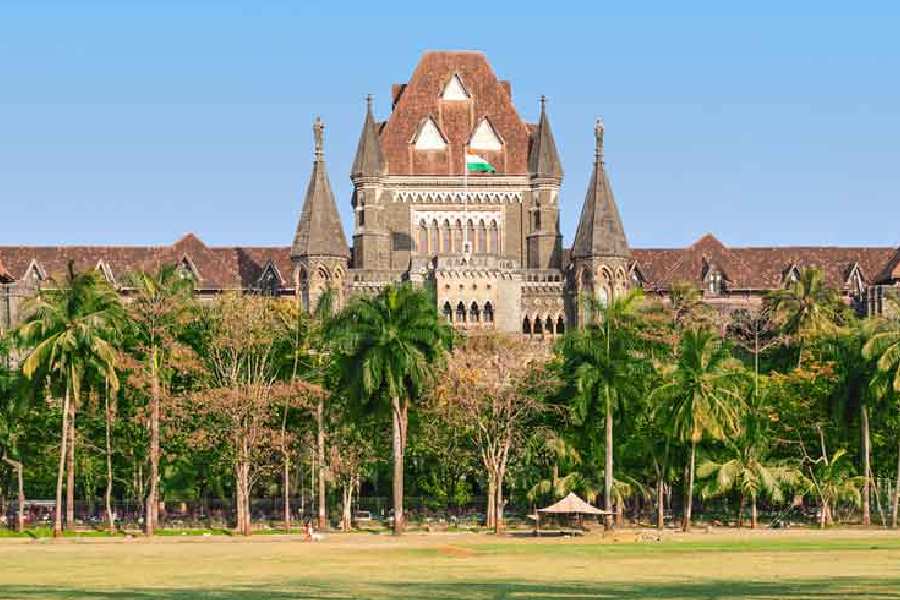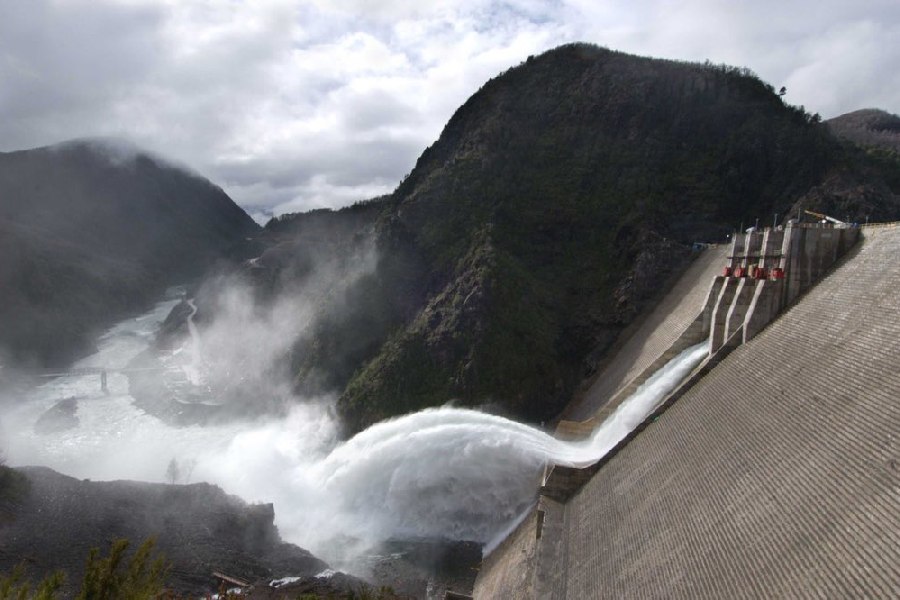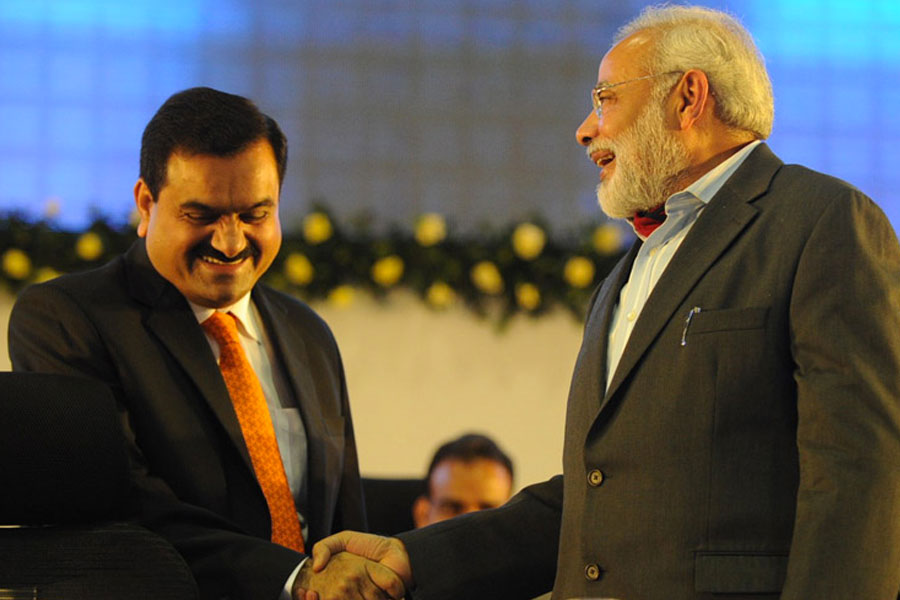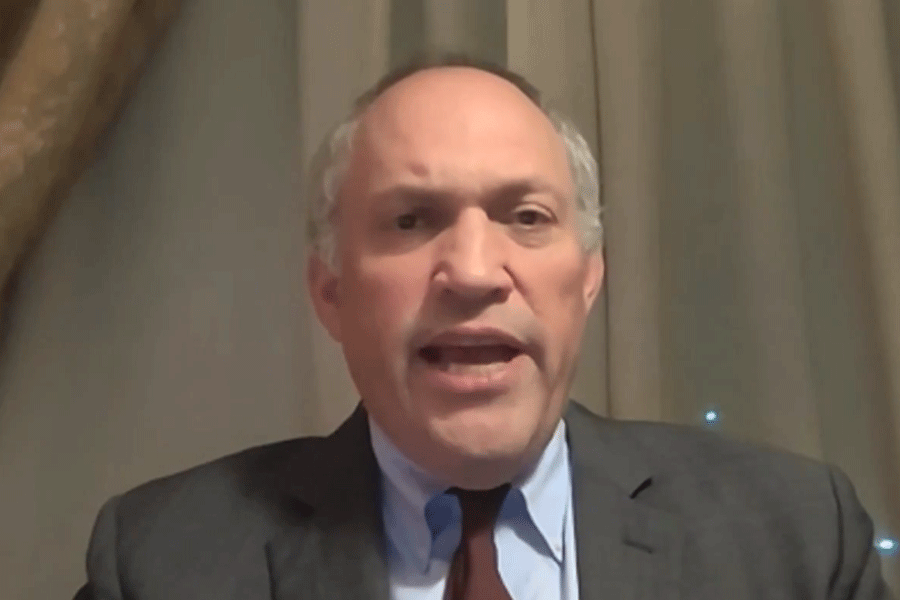History of Indian Science, Technology and Culture: AD 1000-1800
Edited by A. Rahman,
Oxford, Rs 695
This is an interesting collection of papers on the history of scientific development in India between the 11th and 18th centuries, from the time India came under the sway of Muslim rulers to the establishment of British rule. It presents a detailed account of the scientific, technological and cultural thinking that developed during these eight centuries. The essays explore diverse topics: food, agriculture, metallurgy, mathematics, astronomy, chemistry and alchemy, irrigation, paper technology and social movements.
This period had until recently been considered the ?dark age? in the development of science in India. Though the Western world makes much of the rich philosophical and religious heritage of medieval India, it is sadly unaware of the scientific and technological tradition that flourished during this period. Historians of the colonial powers could hardly be expected to look into the factors which accounted for the continuity of such a great civilisation despite numerous military defeats. Most of them overlooked the interaction between India and the countries of west, central and east Asia which invaded India from time to time for its wealth, and left behind a longlasting influence on Indian culture and scientific development.
This book successfully explores these influences and inter-relations, showing the so called ?dark age? to actually be a period of intense debate and development, enriched by the influx of Arabic and Persian scholars and scientists to India. It was also a period when many of the key principles of modern day scientific thinking were established. Proof of such development can be found in the secular and religious literature of this period. The essays draw attention to three texts that provide an indepth analysis of such developments. These were India by Al Beruni, Ain-e-Akbari by Abul Fazl (picture) and Majuma-Al-Bahrain by Dara Shikoh. These texts compare the scientific terminology and concepts of Hindu and Islamic traditions along with the medieval elite outlook.
Though a spurt in scientific activity occurred whenever Arabic, Persian and Sanskrit scholars interacted, it resulted mainly in translational activities. Most essays try to probe why this was so and suggest the nature of society, especially religious prejudices, might have had a detrimental effect.
Another reason could be that the levels of Arabic-Persian and Sanskrit literature being about the same, each tried to maintain its purity. A. Rahman talks about this in ?A Perspective of Indian Science?. Another essay focuses on how technological development suffered because of the lack of skill, tools and machinery. Most craftsmen had a poor income and their skills were misused in non-resource generating activities like building palaces, places of worship and maintaining lavish lifestyles of kings. Rahman attributes the lack of technological development to political instability resulting from the rise and fall of kingdoms.
An important dimension discussed in this context is the Bhakti and Sufi movements which led to the development of popular science ?- a mixture of scientific ideas and fact with popular beliefs, myth and folklore. Al Beruni once remarked Indian science was like pearls mixed with cow dung.
Another problem was the lack of interaction between science and technology. Science was the preserve of the elite, while technology was limited to unskilled artisans and craftsmen. The absence of technology posed obstacles to scientific enquiry and to science offering solutions for technological problems.
An essay that deserve special mention is ?Women Saints in Medieval Indian Society? by Vijaya Ramaswamy which focuses on women saints and their contributions. Also praiseworthy are ?Glimpses of Mathematics in Medieval India? by W.H. Abdi and ?History of Chemistry and Alchemy? by V.J. Deshpande.
 Wednesday, 13 August 2025
Wednesday, 13 August 2025










